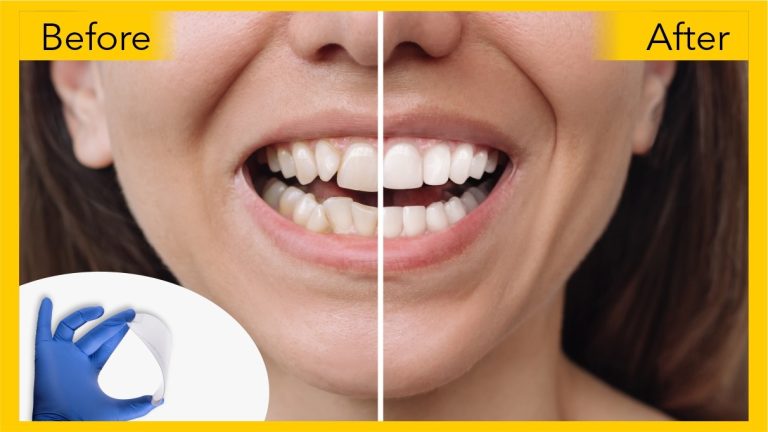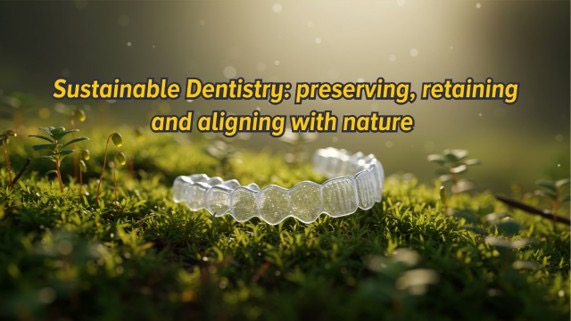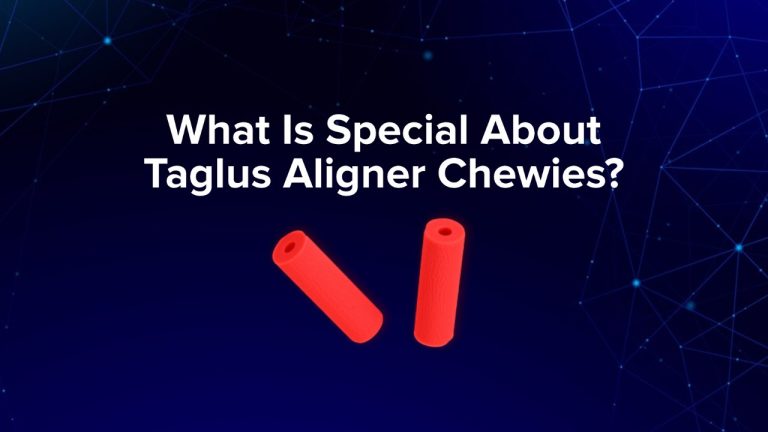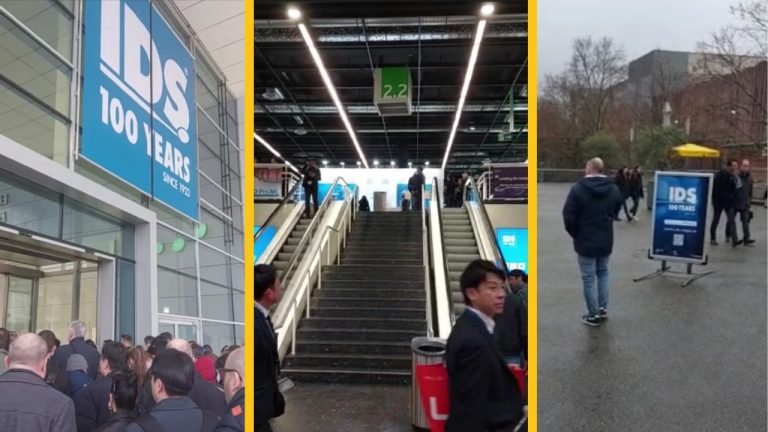Enquire Form
Impact of Aligner Treatment Material on the Treatment Outcome

Aligner treatment has quickly become the mainstay in orthodontics. Aligner treatment has come a long way, from treating minor corrections with lesser accuracy to resolving even complex orthodontic issues. Clear Aligners has grown immensely in terms of its treatment potential.
As we know, every case in orthodontics is different and has a unique requirement. The materials used for Clear Aligners have a maximum impact on the treatment’s course and outcome. Hence, it is important to choose an Aligner material as per the case requirement.
Over the years, we have seen a significant evolution in the availability of the type of Aligner materials. Currently, the most commonly used Clear Aligner materials are as follows:
- Thermoplastic Polyurethanes (TPU)
- Polyethylene Terephthalate Glycol (PET-G)
- Polyvinyl Chloride (PVC)
- Ethylene Vinyl Acetate (EVA)
- Polypropylene (PP)
- Polycarbonate (PC)
Before we discuss the special qualities of all these materials, it is important to know the desirable quality of an aligner material. The best aligner material would have the following properties: a large spring back, high stored energy, tolerance to the oral environment, biocompatibility, low surface roughness, transparency, lower hardness, high elasticity, resilience and ageing resistance.1
Every material behaves differently because of its different chemical and mechanical properties. It is important to understand the peculiar qualities of all the aligner materials available today so that appropriate decisions can be made to achieve the desired result for a patient with efficiency & care.
Materials and Their Properties
1. Thermoplastic Polyurethanes (TPU)
They offer great elastomeric properties with favourable physical properties, chemical resistance, abrasion resistance, adhesion properties and ease of processing.2 The lack of initial pressure makes it an ideal material for those looking for a smooth smile transformation journey with minimal discomfort. When it comes to finding this thermoforming material, Taglus® PU Flex stands out. Taglus is a global leader in the manufacture of innovative dental aligner materials. Taglus PU Flex is an advanced material that combines flexibility and strength, providing patients with a truly comfortable and effective treatment experience.
Uses: Ideal for most orthodontic cases due to their excellent balance of stiffness and flexibility. It offers good elasticity, good clarity, and biocompatibility.
2. Polyvinyl Chloride (PVC)
It shows good resistance to solvents, good flexibility, tensile strength and thermal stability. The Aligner wear time of PVC aligners is 14 hours/day because of their tendency to undergo plastic deformation upon exposure to moderate amounts of loads. The thickness of PVC aligners never exceeds one mm.3 Incineration of PVC products is harmful to the environment.4 Hence, alternative products should be used.
Uses: Not widely recommended. PVC has been replaced by more biocompatible and flexible materials due to potential concerns.
3. Ethylene Vinyl Acetate (EVA)
EVA aligners can be used in people with sensitive oral tissues because of the comfort and minimal tissue irritation they offer.5
Uses: Because of its extreme softness, it can be used for limited orthodontic cases and is often used as a base material in multi-layer aligners.
4. Polyethylene Terephthalate Glycol (PET-G)
PETG is a non-crystalline co-polyester comprised of 1,4-cyclohexane two methanol (CHDM), ethylene glycol (EG) and terephthalic acid (TPA).6 PETG Aligners possess clarity, resistance to wear and tear, and are lightweight. The optimal wear time is 22 hours/day.3
When it comes to PET-G thermoplastics that meet your expectations, Taglus Premium is the ideal choice. Taglus Premium’s advanced technology eliminates hazing, ensuring your patients enjoy a clear, confident smile throughout their treatment.
Uses: Ideal for attaining gradual tooth movements in moderate to complex orthodontic cases, especially those requiring rigidity and durability.
5. Polypropylene (PP)
Polypropylene is a flexible plastic that is useful for treating malalignments of bruxers.7
Uses: It can be used for specific orthodontic needs in cases of heavy bites.
6. Polycarbonate (PC)
Polycarbonate provides durability, transparency and hardness. However, polycarbonate undergoes irreversible hydrolysis, which makes it unsuitable for use as an aligner material.8
Uses: Ideal for certain cases where high-performance aligners with exceptional strength and durability are required.
The Future of Smiles
With many advancements in the world of Orthodontics, Clear Aligner therapy is expected to become more convenient than ever and derive amazing results for the patient. Integration of AI and advanced diagnostic studies is expected to create accurate treatment plans for patients, potentially reducing treatment time and enhancing patient comfort.
As technology continues to evolve, we can expect various advancements in aligner materials. In addition to that, the ongoing research and development in the field of aligner materials promises to enhance their durability, comfort, and aesthetics, making them even more effective and desirable for patients.
Limitations of Clear Aligner Materials
Nowadays, Clear Aligner Treatment is the most attractive treatment option for gaining a well-aligned smile. However, it is not suitable for every type of case. The Dentist must consider the following factors9 before deciding to proceed with the Aligner treatment.
- Jaw Discrepancies: Clear Aligner Treatment is not effective for treating severe jaw discrepancies. Complex dental issues may require traditional braces or jaw surgery.
- Periodontal Disease: Active periodontal disease, uncontrolled decay, or gingival disease can prevent the chances of having any favourable outcomes in orthodontic treatment.
- Compliance: Consistent aligner wear (22-23 hours daily) is crucial for treatment success. Patients who are unable to follow the rigorous wear routine of Clear Aligners are not likely to benefit from the treatment.
- Cost: The use of advanced technology and materials makes it an expensive alternative to metal braces, especially where multiple sets of aligner trays are required. However, focus should always be given to the aesthetics and comfort of a clear aligner treatment while suggesting it to patients.
- Not suitable for all patients: Clear Aligner Treatment may not be appropriate for children or patients with developmental problems.
Conclusion
Selecting the right aligner material is crucial for achieving optimal treatment outcomes. By understanding the properties and applications of different materials like TPU, EVA, PET-G, Polypropylene, and Polycarbonate, dental professionals can make informed decisions to deliver tailored solutions for their patients. While TPU remains a popular choice for its versatility, the evolving landscape of aligner materials offers exciting possibilities for addressing a wider range of orthodontic needs.
Ultimately, the key to successful aligner treatment lies in a combination of material selection, precise aligner design, accurate treatment plan and experienced clinical guidance. When it comes to choosing the right thermoplastic material for your projects, Taglus stands at the forefront, offering unparalleled quality and reliability.
References
- Gold BP, Siva S, Duraisamy S, et al. Properties of orthodontic clear aligner materials – a review. J Evolution Med Dent Sci 2021;10(37):3288-3294, DOI: 10.14260/jemds/2021/668.
- Hallmann L and Gerngroß MD. Effect of Dental Thermoplastic Materials on the Clinical Effectiveness of Clear Aligner. Austin J Dent. 2021; 8(1): 1151. Doi.org/10.26420/austinjdent.2021.1151.
- Ercoli F, Tepedino M, Parziale V, Luzi C. A comparative study of two different clear aligner systems. Prog Orthod. 2014 May 2;15(1):31. doi: 10.1186/s40510-014-0031-3. PMID: 24934094; PMCID: PMC4047787.
- Kudzin MH, Piwowarska D, Festinger N, Chruściel JJ. Risks Associated with the Presence of Polyvinyl Chloride in the Environment and Methods for Its Disposal and Utilization. Materials (Basel). 2023 Dec 28;17(1):173. doi: 10.3390/ma17010173. PMID: 38204025; PMCID: PMC10779931.
- Ravuri P, Kubavat AK, Rathi V, Luke John T, Varma PK, Mujoo S, Somaraj V. Effectiveness and Biocompatibility of Tooth Aligners Made from Polyethylene Terephthalate Glycol (PeT-G), Polypropylene (PP), Polycarbonate (PC), Thermoplastic Polyurethanes (TPUs), and Ethylene-Vinyl Acetate (EVA): A Systematic Review. J Pharm Bioallied Sci. 2024 Feb;16(Suppl 1):S93-S96. doi: 10.4103/jpbs.jpbs_883_23. Epub 2024 Feb 29. PMID: 38595485; PMCID: PMC11001044.
- Porojan L, Toma FR, Bîrdeanu MI, Vasiliu RD, Matichescu A. Topographical and Optical Characteristics of Thermoplastic Dental Appliances Materials Related to Water Sorption. J Funct Biomater. 2023 Mar 28;14(4):190. doi: 10.3390/jfb14040190. PMID: 37103280; PMCID: PMC10146702.
- Dorr L. Understand the differences among clear Aligner materials. Dental Products Report. https://www.dentalproductsreport.com/view/understand-the-differences-among-clear-aligner-materials. Published March 31, 2023.
- Bichu YM, Alwafi A, Liu X, Andrews J, Ludwig B, Bichu AY, Zou B. Advances in orthodontic clear aligner materials. Bioact Mater. 2022 Oct 20;22:384-403. doi: 10.1016/j.bioactmat.2022.10.006. PMID: 36311049; PMCID: PMC9588987.
- AlMogbel A. Clear Aligner Therapy: Up to date review article. J Orthod Sci. 2023 Sep 4;12:37. doi: 10.4103/jos.jos_30_23. PMID: 37881665; PMCID: PMC10597356.
Know More About Us
SignUp To Our Newsletter And Get To Know More About Taglus
Copyrights@taglus-2025
*Taglus is a trademark of Vedia Solutions










Leave a Reply